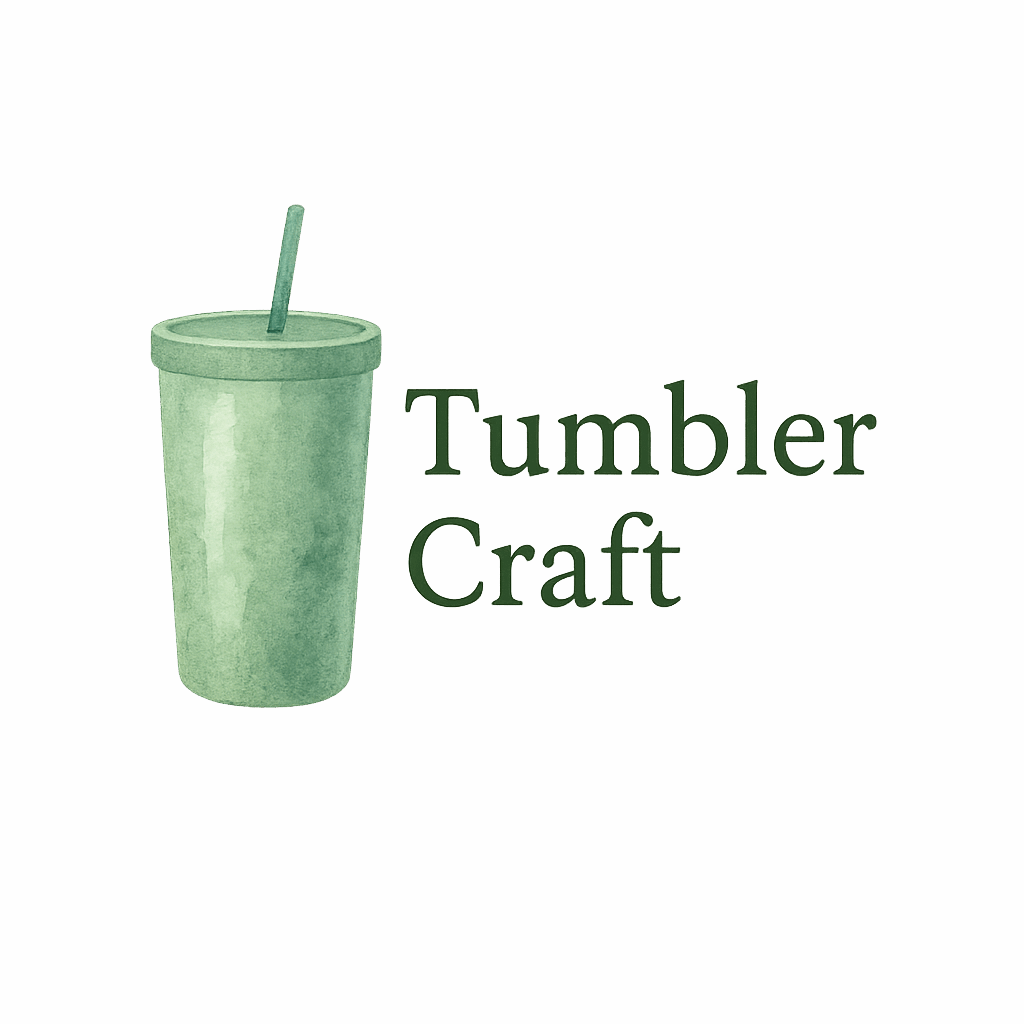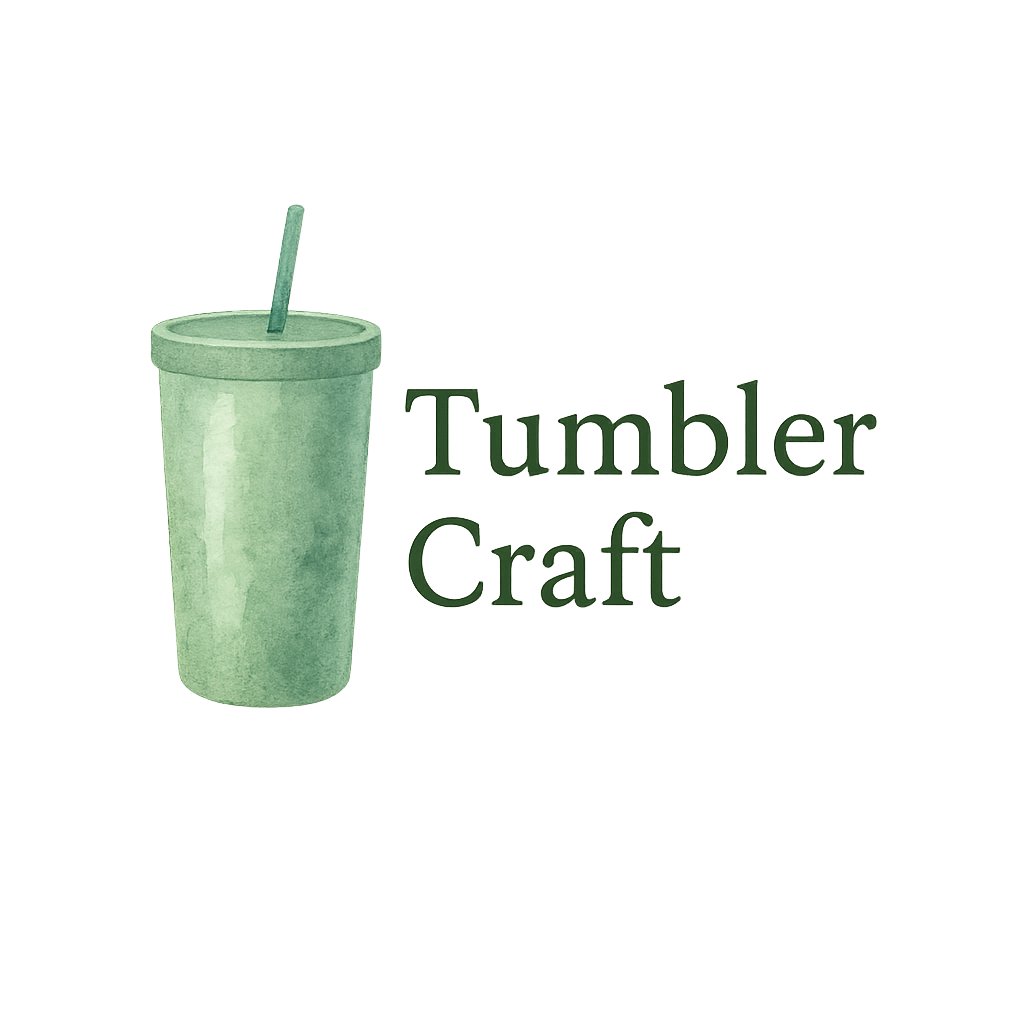When it comes to tumbler crafting, there’s nothing more satisfying than achieving that buttery-smooth, glass-like finish. Whether you’re just starting out or looking to up your game, these 12 tumbler craft techniques for a smoother finish are going to be game-changers. We’ll walk through each step with practical advice, helpful tips, and insider tricks.
Plus, we’ll sprinkle in essential tools, DIY tips, and inspiration from the crafting community to make sure you’re covered from start to flawless finish.
Why a Smooth Finish Matters in Tumbler Crafting
A smooth finish doesn’t just look pretty—it screams professionalism. It protects your design, extends the life of your tumbler, and builds your reputation if you’re selling your work. Especially if you’re following craft pricing strategies, a sleek finish helps justify those higher price tags.
Getting Started: Tools and Materials You’ll Need
Must-Have Tools for a Flawless Tumbler
Your toolkit matters. Essentials include:
- A quality tumbler turner
- Silicone brushes
- Heat gun
- Sandpaper (various grits)
- Gloves, alcohol wipes, and a workspace cover
Check out our list of must-have tools for a smooth start.
Choosing the Right DIY Materials
From glitter to resin, the materials you use dictate the outcome. Opt for premium epoxy, vibrant glitters, and durable vinyl.
Explore the best DIY materials to add to your stash.
Technique #1: Proper Surface Preparation
Cleaning and Sanding Basics
Before anything else—clean your tumbler. Use alcohol to remove oils, then sand it lightly. Skipping this step is like painting over dirt—it’ll never look right.
If you’re a beginner, don’t miss our tutorials for starter crafters!
Technique #2: Using a High-Quality Base Coat
Avoiding Uneven Coating Issues
A base coat creates the foundation. Use spray paint or acrylics and apply evenly. Let it dry fully before moving on. Rushing here means future layers won’t sit right.
Technique #3: Mastering the Epoxy Pour
Bubble-Free Epoxy Every Time
Mix slowly. Pour evenly. Use a heat gun to pop bubbles gently. For those who struggle, check our epoxy tumbler techniques to master the art.

Technique #4: Controlling Your Work Environment
The Importance of Dust-Free Spaces
Ever finished a tumbler and found lint stuck in the epoxy? We’ve all been there. Use a clear box or tent to protect your tumbler while curing. A clean zone = a smooth result.
Technique #5: Perfecting Your Spin
Using the Right Tumbler Turner
A wobbly turner can ruin your layers. Make sure it spins evenly and at the right speed. Investing in reliable crafting gear pays off big time.
Technique #6: Layering with Patience
Dry Times Between Layers
We get it—you’re excited. But layering too soon causes drips and wrinkles. Follow dry times religiously to prevent “muddy” looking designs.
Learn to time it right in our step-by-step tutorials.
Technique #7: Sanding Between Coats
Choosing the Right Grit for Each Step
Sanding smooths out any imperfections. Use finer grits (320 to 1000) depending on where you are in the process. Just don’t forget to clean after!
Technique #8: The Power of Heat Guns
Heat vs. Torch: Which is Better?
A heat gun is more forgiving, especially for beginners. It won’t burn the epoxy and helps release trapped bubbles. Torches are powerful—but risky. Choose wisely.
Need more gear advice? Swing by our crafting tools section.
Technique #9: Polishing and Buffing
Finishing Touches for That Glassy Look
Once your tumbler is cured and sanded, use a polishing compound. Buff with a microfiber cloth. This takes your finish from nice to pro-level shine.
Technique #10: Sealing with a Final Coat
When and How to Apply the Last Layer
The final epoxy coat seals everything in. This should be your smoothest layer yet. No sanding required—just pour, pop bubbles, and let it cure undisturbed.
Technique #11: Choosing the Right Vinyl and Decals
Preventing Peeling and Bubbling
Quality vinyl sticks better and lasts longer. After applying, wait at least 6 hours before sealing with epoxy to prevent lifting or bubbling.
Looking for decal inspo? Dive into our DIY Tumbler inspirations.
Technique #12: Storing Your Tumblers Properly
Avoiding Damage After Finishing
Even after finishing, how you store your tumblers matters. Keep them in dust-free containers. No stacking until they’ve fully cured—about 72 hours.
Selling your crafts? Don’t miss the top tips for selling tumblers.
Wrapping It Up: Your Path to a Smooth Finish
There you have it—12 tumbler craft techniques for a smoother finish that actually work. Whether you’re crafting for fun or profit, mastering these steps will make your tumblers shine—literally.
Want more project inspiration? Check out these DIY projects and learn how to turn your hobby into a thriving craft business.
And remember, your crafting journey is uniquely yours. Stay curious, keep experimenting, and find your own rhythm. Be sure to follow our latest updates and ideas from Instagram crafters and tumbler influencers.
FAQs
1. How do I fix bumps in my tumbler finish?
Lightly sand the area, clean it thoroughly, and apply another thin epoxy layer to smooth it out.
2. Why is my epoxy sticky after curing?
This usually means it wasn’t mixed properly. Always follow the exact 1:1 resin-to-hardener ratio and stir for at least 3 minutes.
3. What is the best tumbler turner for beginners?
Start with a mid-range automatic turner that rotates consistently. Check our must-have tools guide.
4. Can I apply decals right after painting?
It’s best to wait until the paint dries completely—typically 24 hours—to avoid bubbling or peeling under epoxy.
5. What grit should I use to sand epoxy?
Start with 320-grit for imperfections. Use 1000+ grit for a glassy finish before polishing.
6. How long should I wait between epoxy coats?
Ideally, wait 4–6 hours or until the surface is no longer tacky to avoid layer slippage.
7. Where can I find more beginner-friendly projects?
Visit our Beginner Crafts tag or the Start Crafting section for tutorials and easy projects.


